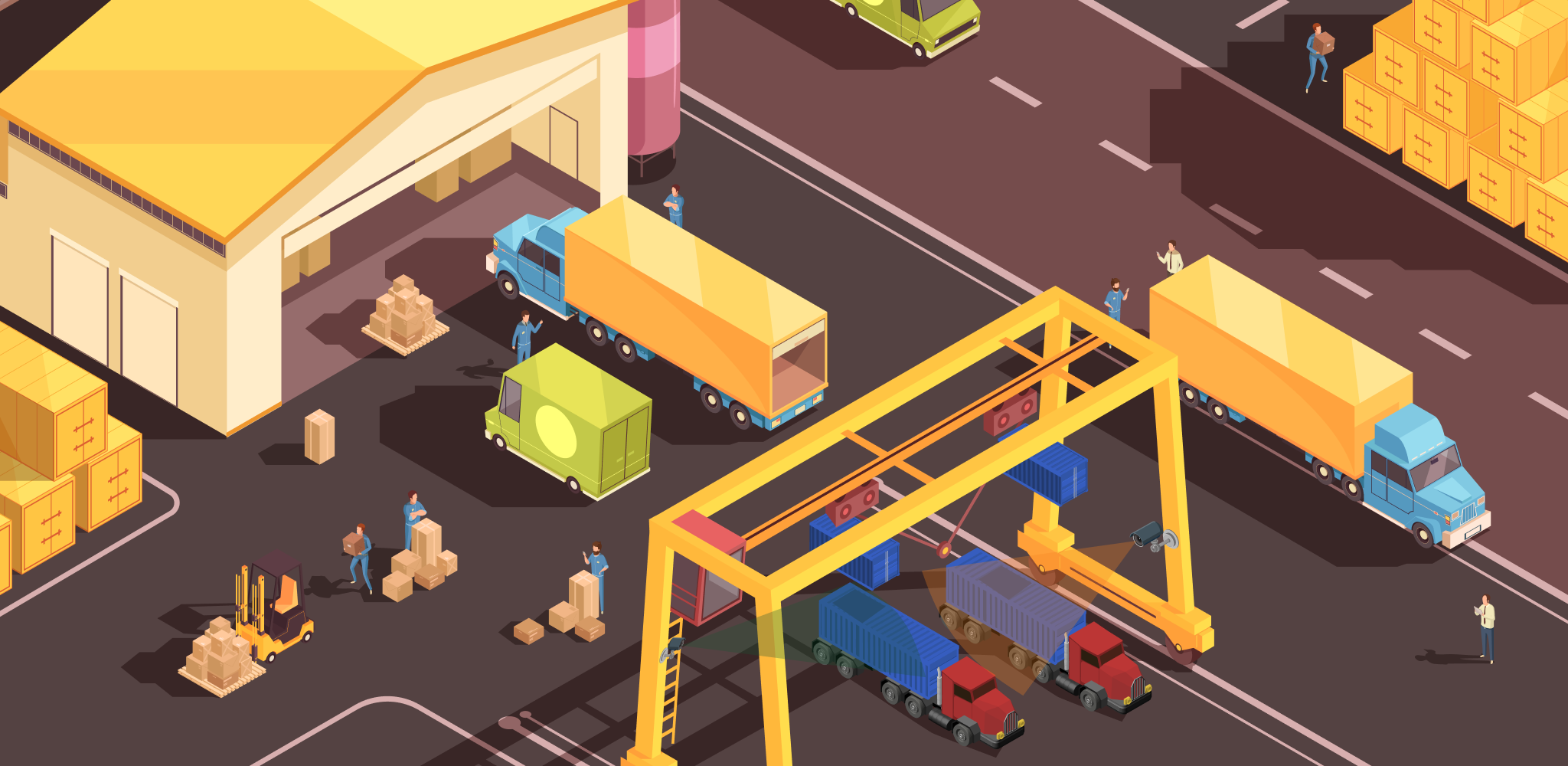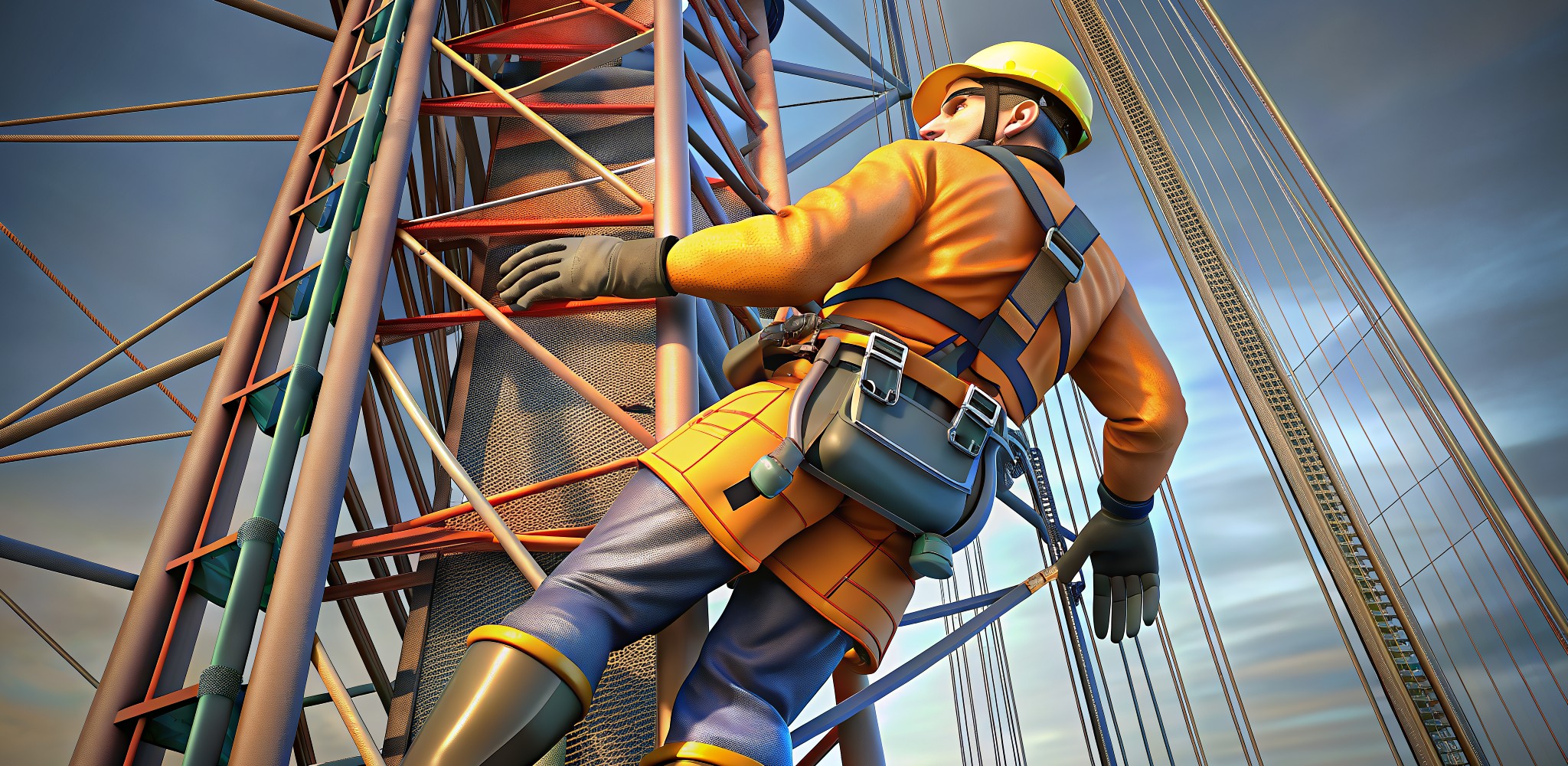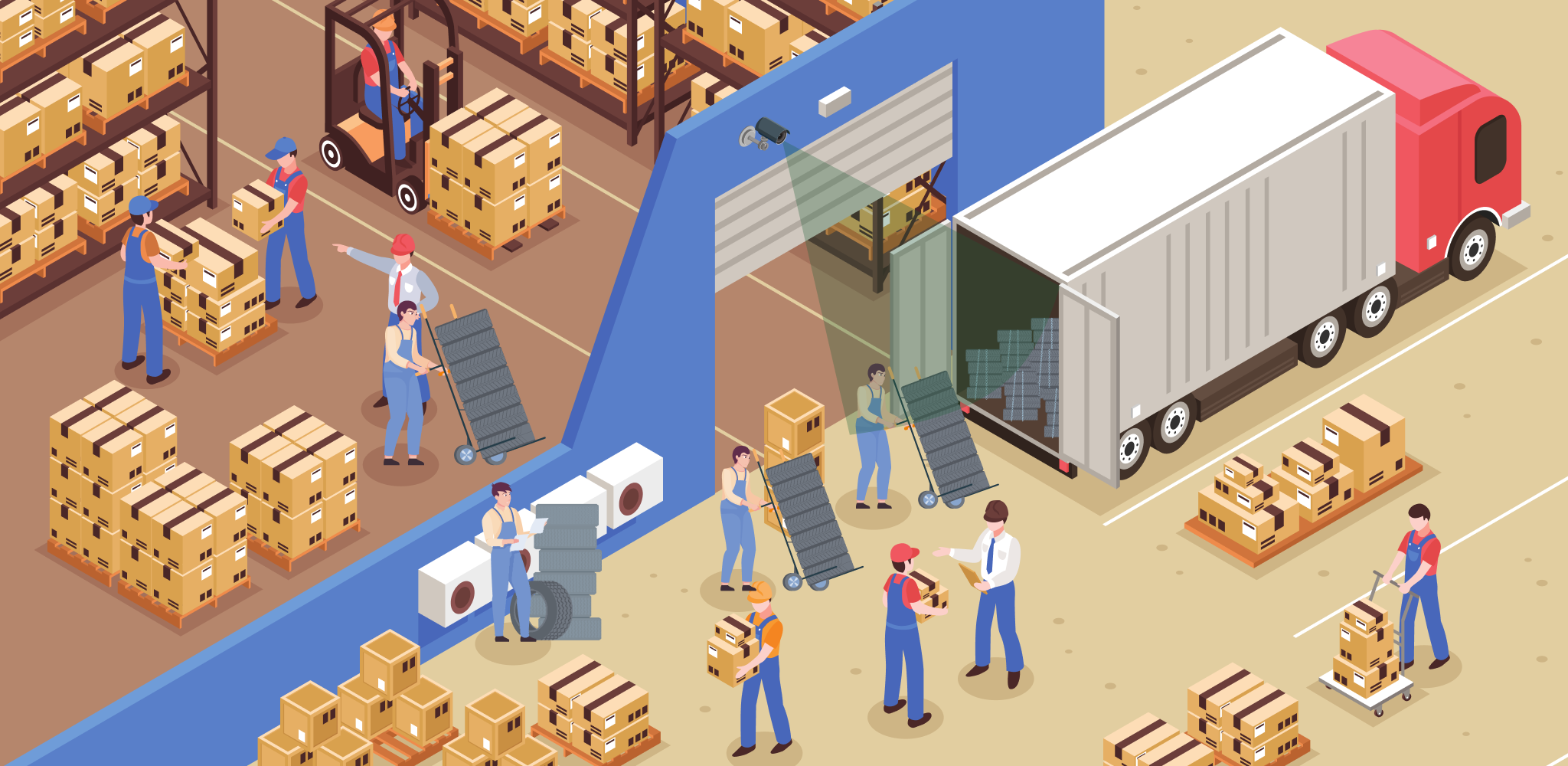Industry: Ports & Logistics
Current Process
In the ports and logistics industry, container handling is a critical operation involving the use of Rubber Tyred Gantry (RTG) cranes. These cranes lift containers from trucks and place them onto storage stacks or vice versa.
Before the RTG operator attempts to lift a container from a truck, it is essential that the locks securing the container to the truck are properly opened. This process ensures the container can be lifted smoothly without any resistance from the truck.
Challenges and Dangers
The current method relies heavily on manual checks and operator vigilance. However, there are instances where the container locks are not disengaged properly. When the crane tries to lift such a container, it can result in several hazardous situations:
- Truck Tilting: If the container is lifted without unlocking, the truck may get lifted along with the container, causing it to tilt dangerously.
- Risk to Human Life: Such tilting can pose severe risks to the truck driver’s life and nearby personnel, potentially leading to serious injuries or fatalities.
- Operational Disruptions: Accidents due to improper lifting can cause significant delays and operational inefficiencies, impacting the overall productivity of the port.
Proposed Solution
To address these challenges, a solution incorporating advanced computer vision and LiDAR sensor technology was proposed. The objective was to detect any unintended lifting of the truck during container handling operations and to alert the crane operator to halt the operation immediately.
Implementation
1. Installation of LiDAR Sensors: LiDAR sensors were strategically placed on the sides of the RTG crane. These sensors are capable of detecting any changes in the truck's position relative to the ground.
2. Real-Time Monitoring: The system continuously monitors the truck's orientation. If the truck begins to tilt as the crane lifts the container, the LiDAR sensors detect this movement instantaneously.
3. Alert Mechanism: Upon detecting a tilt, the system generates an immediate alert for the crane operator. This alert is displayed on the operator’s screen, accompanied by an audible buzzer in the operator's cabin
4. Automated Safety Response: Simultaneously, the system sends a STOP signal to the Programmable Logic Controller (PLC) of the RTG crane, halting the lifting operation to prevent any further movement.
Effectiveness of the Solution
The implementation of the LiDAR sensor-based detection system has significantly enhanced safety and operational efficiency in container handling processes:
- Improved Safety: The primary objective of ensuring the safety of truck drivers and ground personnel has been achieved. The system effectively prevents truck tilting incidents, thereby mitigating the risk of accidents and injuries.
- Operational Reliability: The automated alerts and STOP signals reduce the dependence on manual checks and human intervention, leading to more consistent and reliable operations.
- Enhanced Efficiency: By preventing accidents and the subsequent disruptions, the overall efficiency of container handling operations has improved. This has resulted in smoother workflows and increased productivity at the port.
In conclusion, the integration of LiDAR sensor technology into the RTG crane operations has addressed a critical safety issue in the ports and logistics industry, showcasing the potential of advanced technologies in enhancing operational safety and efficiency.




